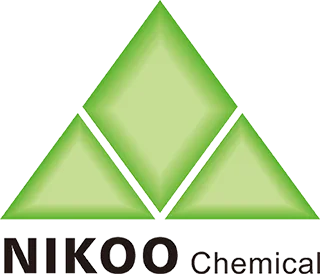Calming the Flames: Why Skin Anti-Inflammation Matters
Skin inflammation is often visible as redness, swelling, heat, or discomfort – the classic signs of a sunburn or allergic reaction. However, its significance extends far beyond these acute flare-ups. Low-grade, persistent inflammation, often invisible to the naked eye, is a silent driver of numerous skin concerns and accelerated aging. Addressing inflammation isn't just about soothing immediate irritation; it's a fundamental pillar of long-term skin health, resilience, and a radiant complexion.
Inflammation is the skin's innate immune response to a perceived threat. This could be an external aggressor like UV radiation, pollution, harsh chemicals, allergens, or pathogens, or internal factors like stress hormones or dietary triggers. The immune system sends signals (cytokines) and deploys cells to neutralize the threat and initiate repair. This is vital for healing wounds and fighting infection. However, problems arise when this inflammatory response becomes chronic or misdirected. When the triggers are persistent (like daily pollution exposure) or the skin's regulatory mechanisms are impaired, inflammation doesn't fully resolve. This creates a state of constant, low-level immune activity within the skin tissues.
The consequences of unchecked chronic inflammation are profound and multifaceted:
1.Accelerated Aging ("Inflammaging"): Chronic inflammation directly breaks down collagen and elastin, the proteins responsible for skin firmness and elasticity. It inhibits the synthesis of new structural proteins and damages the extracellular matrix. This leads to deeper wrinkles, loss of volume, and sagging skin far earlier than chronological aging alone.
2.Barrier Dysfunction: Inflammation disrupts the production and organization of the lipids (ceramides, cholesterol, fatty acids) that form the skin's essential moisture barrier. A compromised barrier allows increased transepidermal water loss (TEWL), leading to dryness, dehydration, and heightened sensitivity. It also becomes more permeable, allowing irritants and allergens deeper access, perpetuating the inflammatory cycle.
3.Hyperpigmentation: Inflammatory processes can trigger melanocytes (pigment-producing cells) to overproduce melanin. This results in post-inflammatory hyperpigmentation (PIH) – dark spots or patches that linger long after the initial inflammatory event (like a pimple or rash) has healed, particularly common in darker skin tones.
4.Exacerbation of Skin Conditions: Chronic inflammation is the central pathological feature of many common skin diseases. It fuels the redness, scaling, and itching in eczema (atopic dermatitis), the pustules and papules in acne, the plaques in psoriasis, and the reactivity in rosacea. Managing inflammation is key to managing these conditions.
5.Impaired Repair & Regeneration: An inflamed environment hampers the skin's natural healing processes and its ability to regenerate healthy new cells, making it slower to recover from damage.
Therefore, incorporating anti-inflammatory strategies into skincare is crucial. This involves:
Using Soothing Ingredients: Look for proven agents like niacinamide, centella asiatica (cica), licorice root extract, aloe vera, green tea, oat extract, allantoin, and certain peptides and ferment filtrates.
Strengthening the Barrier: Employ ingredients like ceramides, cholesterol, fatty acids, and panthenol to repair and fortify the skin's protective shield, reducing vulnerability to triggers.
Antioxidant Protection: Vitamins C and E, ferulic acid, resveratrol, and others neutralize free radicals, a major trigger of inflammation, especially from UV and pollution.
Gentle Cleansing & Exfoliation: Avoid harsh surfactants and over-exfoliation, which strip the barrier and provoke inflammation.
Sun Protection: Daily broad-spectrum sunscreen is non-negotiable, as UV radiation is a primary inflammatory trigger.
Combating skin inflammation transcends calming temporary redness. It's about creating a calm, balanced internal environment where the skin can function optimally, repair effectively, resist damage, and maintain its youthful structure and radiance for the long term. It's preventative medicine for the skin.

